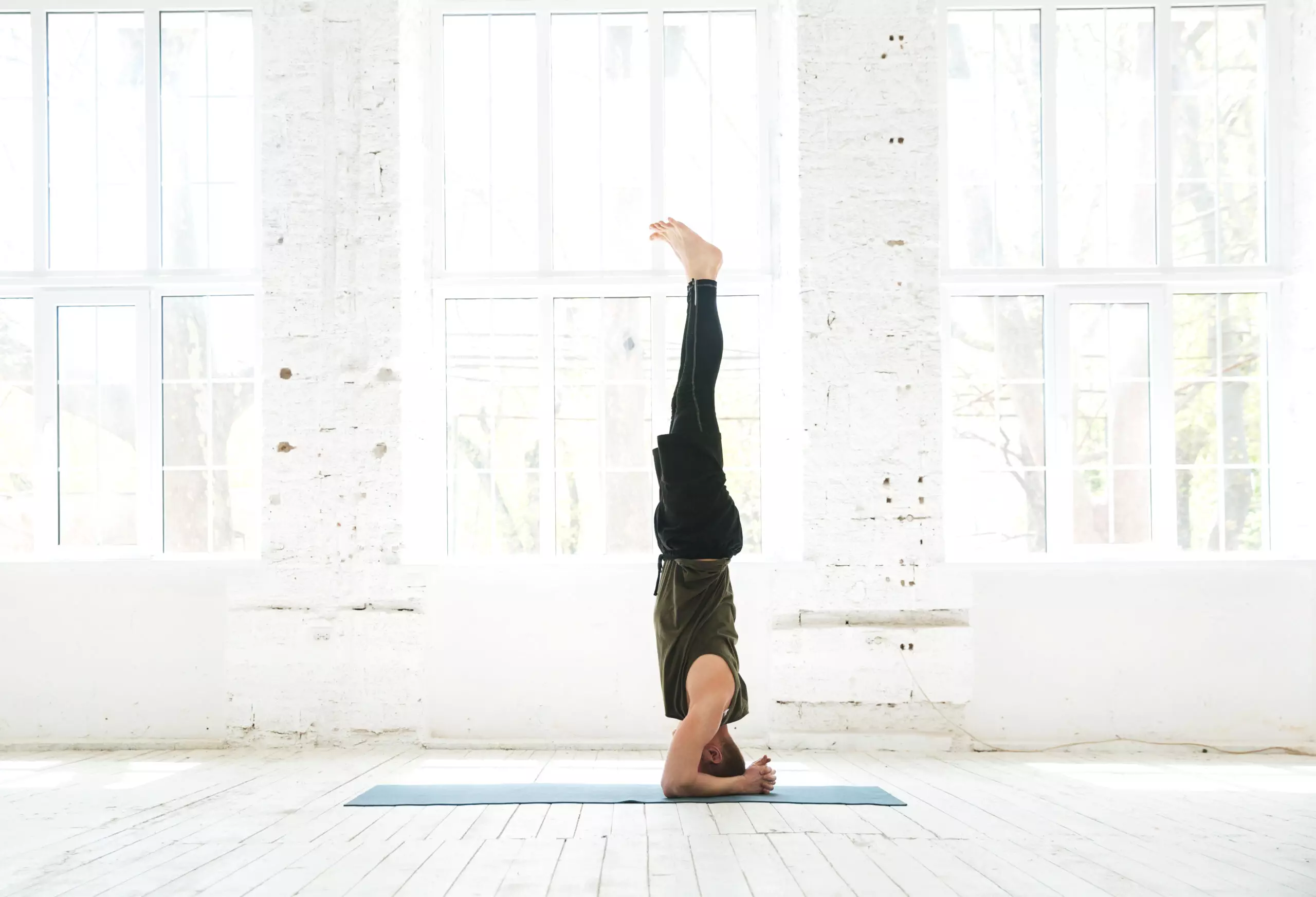Introduction to Overcoming Anxiety Through Balanced Living
Anxiety is a common mental health disorder that affects millions of people worldwide. It can be debilitating, causing feelings of worry, fear, and unease that interfere with daily life. However, there are ways to manage anxiety through balanced living. In this free 10-part course, you will learn how to create a more balanced routine for optimal health and wellness. You’ll also discover the myths about anxiety treatment and understand the mind-body connection in managing anxiety.
What is anxiety and how it affects your health
Anxiety is characterized by excessive worry or fear that lasts for at least six months. It can cause physical symptoms such as sweating, trembling, and rapid heartbeat. Additionally, anxiety can lead to emotional distress, including feelings of hopelessness and helplessness. When left untreated, anxiety can have serious consequences on one’s overall health and quality of life.
The benefits of living a balanced lifestyle
Balance is essential for good health, both physically and mentally. A balanced lifestyle includes regular exercise, proper nutrition, adequate sleep, stress management techniques, social connections, and support systems. By incorporating these elements into your daily routine, you can improve your mood, reduce stress levels, and increase energy levels.

How to create a balanced routine for optimal health
Creating a balanced routine requires planning and commitment. Start by setting achievable goals and creating a plan to achieve them. Developing mindfulness practices like meditation and deep breathing exercises can help alleviate stress and promote relaxation. Exercise regularly, eat a balanced diet rich in whole foods, get enough restorative sleep, and build strong relationships with loved ones.

Common myths about anxiety and its treatment
There are several misconceptions surrounding anxiety and its treatment. One common myth is that medication is the only solution. While medications may provide temporary relief, they do not address underlying causes of anxiety. Another myth is that anxiety is a sign of weakness or personal failure. In reality, anxiety is a medical condition that requires professional attention.
Understanding the mind-body connection in managing anxiety
The mind and body are intricately connected, and managing anxiety requires addressing both aspects. Practicing relaxation techniques like yoga or tai chi can help calm the mind while reducing muscle tension. Seeking professional help when needed can also provide valuable insight and coping mechanisms.
Free 10 Part Course: Overcoming Anxiety Through Balanced Living
Module 1: Setting Goals and Creating a Plan
In this module, you’ll learn how to set realistic goals and develop a plan to achieve them. You’ll also discover the importance of tracking progress and celebrating successes along the way.
Module 2: Developing Mindfulness Practices
Mindfulness practices like meditation and deep breathing exercises can help alleviate stress and promote relaxation. This module explores various techniques and provides practical tips for incorporating them into your daily routine.
Module 3: Exercise, Nutrition, and Sleep
Achieving balance means prioritizing self-care, which includes regular exercise, proper nutrition, and adequate sleep. This module covers the basics of each component and offers guidance on creating a sustainable routine.
Module 4: Managing Stress through Relaxation Techniques
Stress is an inherent part of modern life, but learning to manage it effectively is crucial for maintaining overall health. This module delves into various relaxation techniques, from massage therapy to acupuncture, and teaches how to use them to combat stress.
Module 5: Building Social Connections and Support Systems
Social isolation can exacerbate anxiety, making building meaningful connections critical for recovery. This module focuses on developing social bonds and fostering community support networks.
Module 6: Addressing Negative Thought Patterns
Negative thought patterns often underlie anxiety, leading to cycles of negative thinking and behavior. This module addresses cognitive distortions and provides tools for reframing thoughts positively.
Module 7: Identifying Triggers and Coping Mechanisms
Identifying triggers and developing effective coping mechanisms is key to managing anxiety long term. This module helps participants identify their unique triggers and explore strategies for dealing with them constructively.
Module 8: Seeking Professional Help when Needed
Seeking professional help is sometimes necessary for managing anxiety successfully. This module discusses different types of professionals who can offer assistance and provides guidance on finding the right fit.







